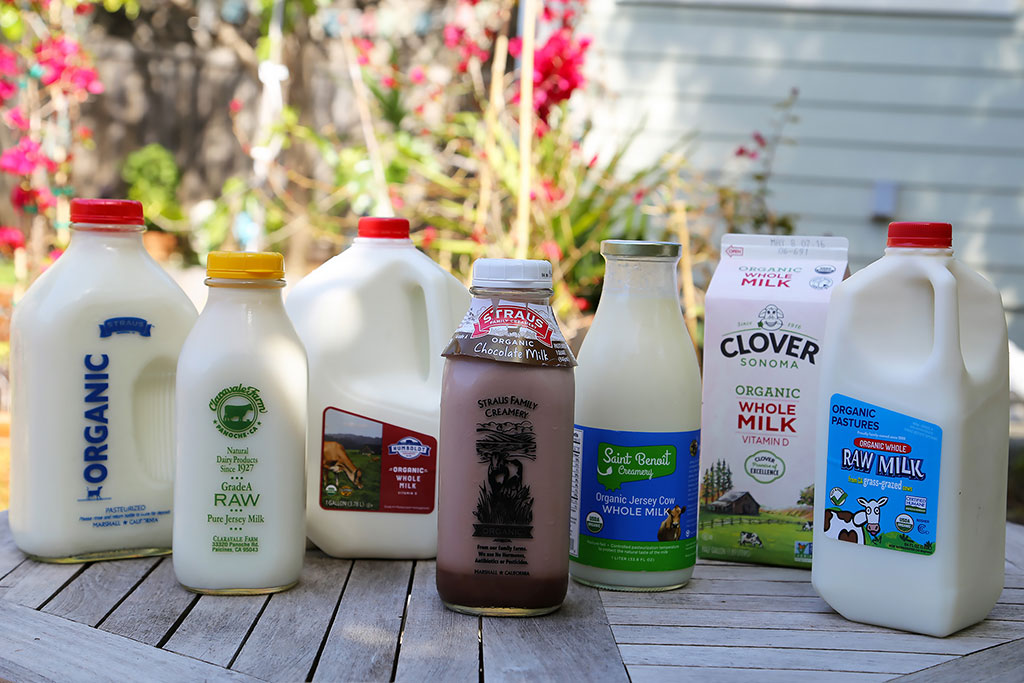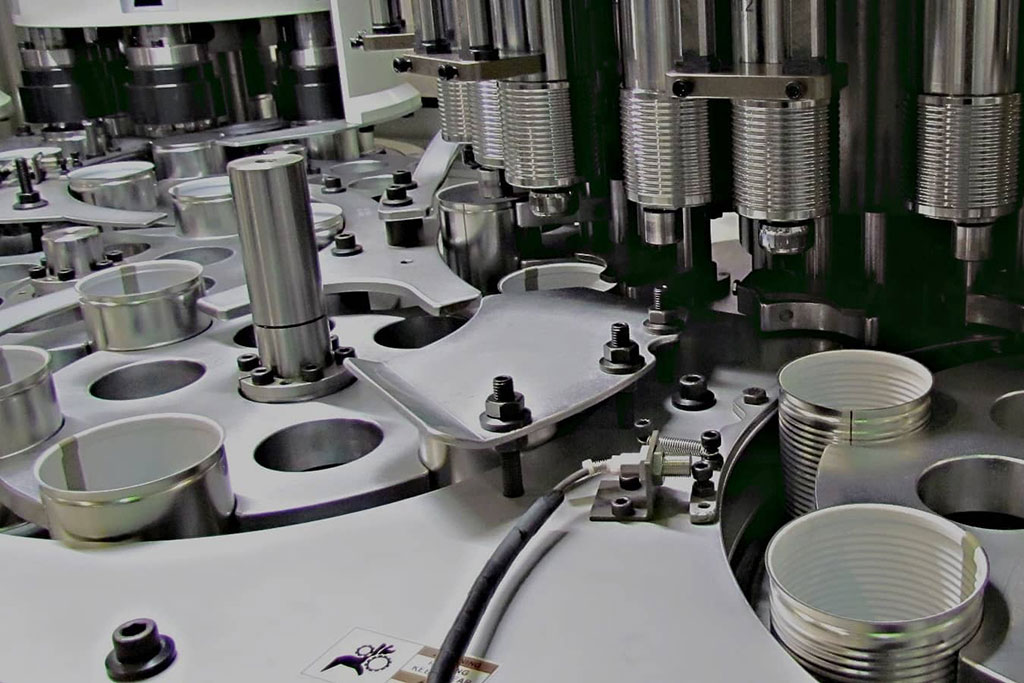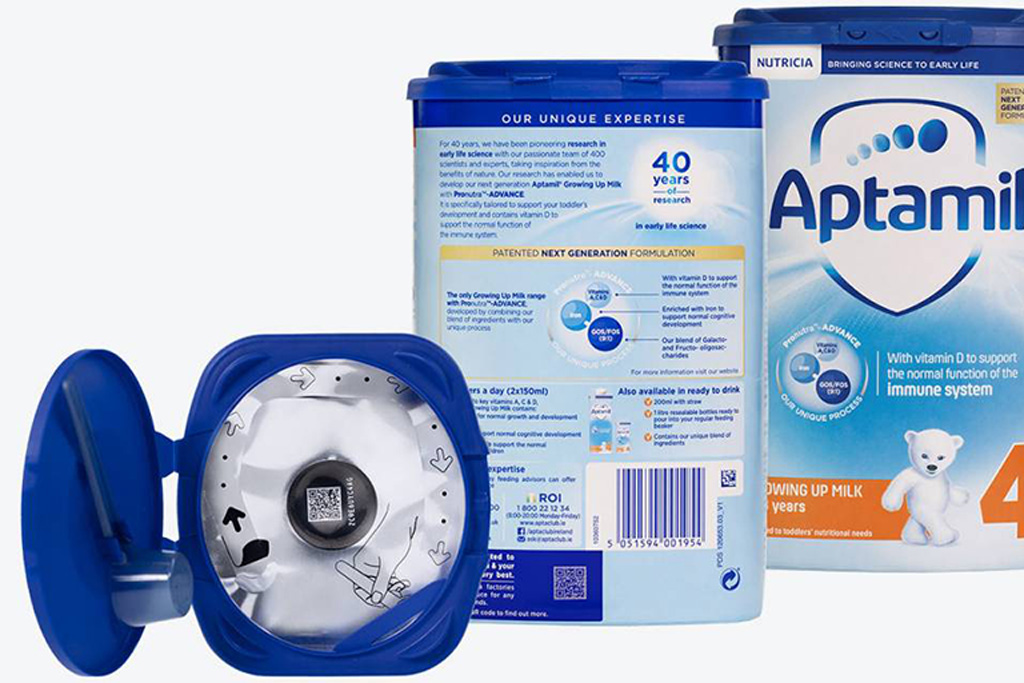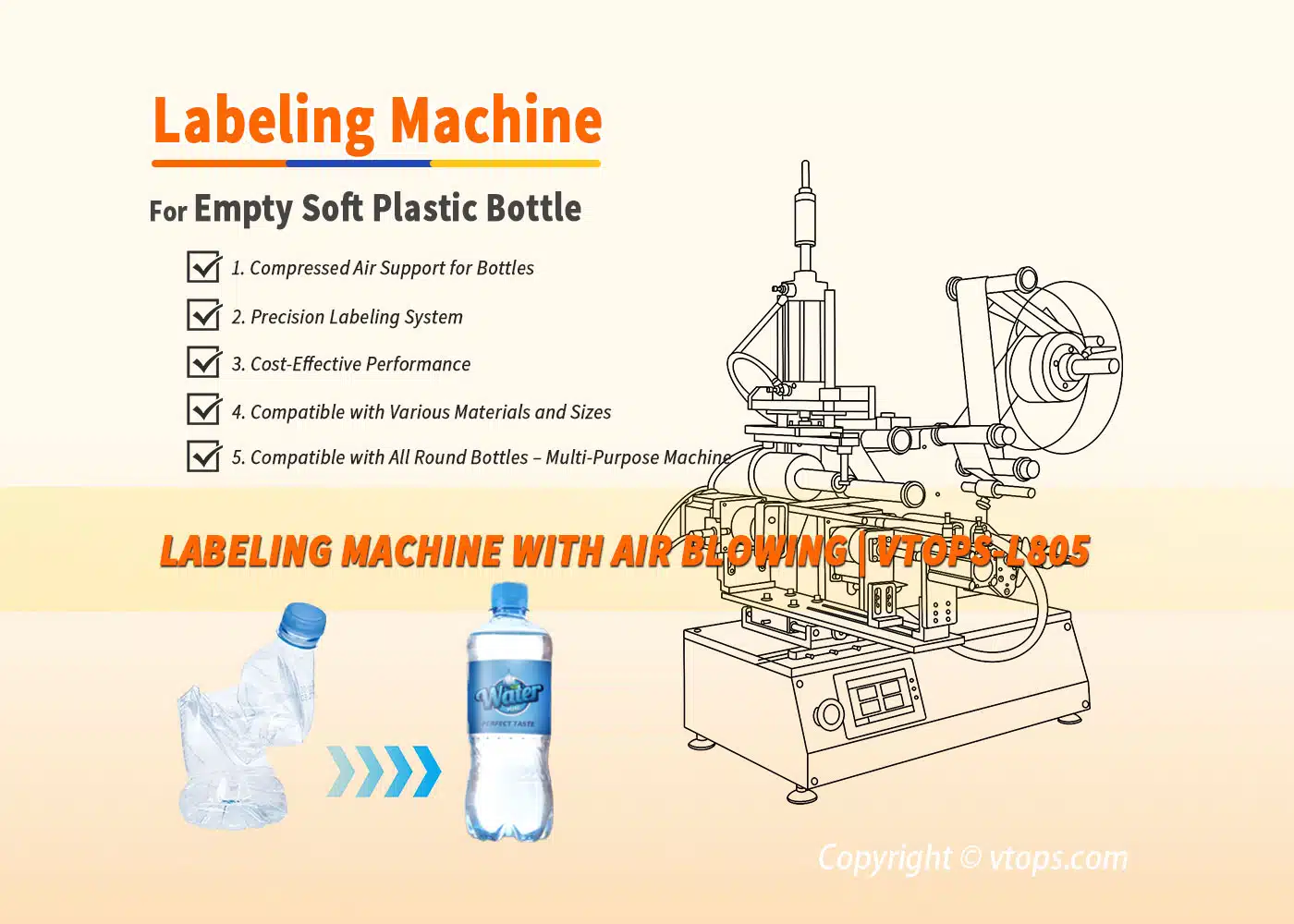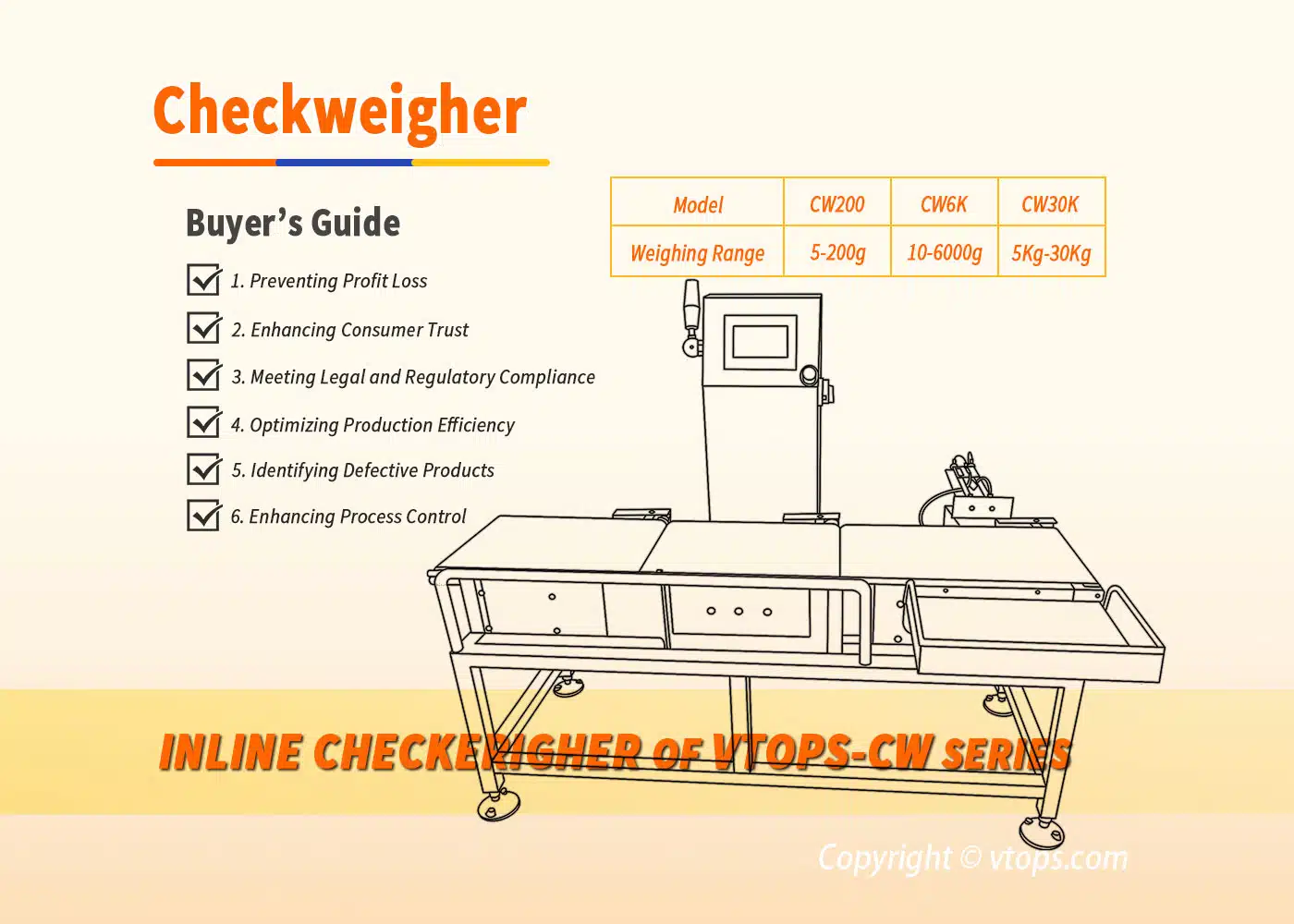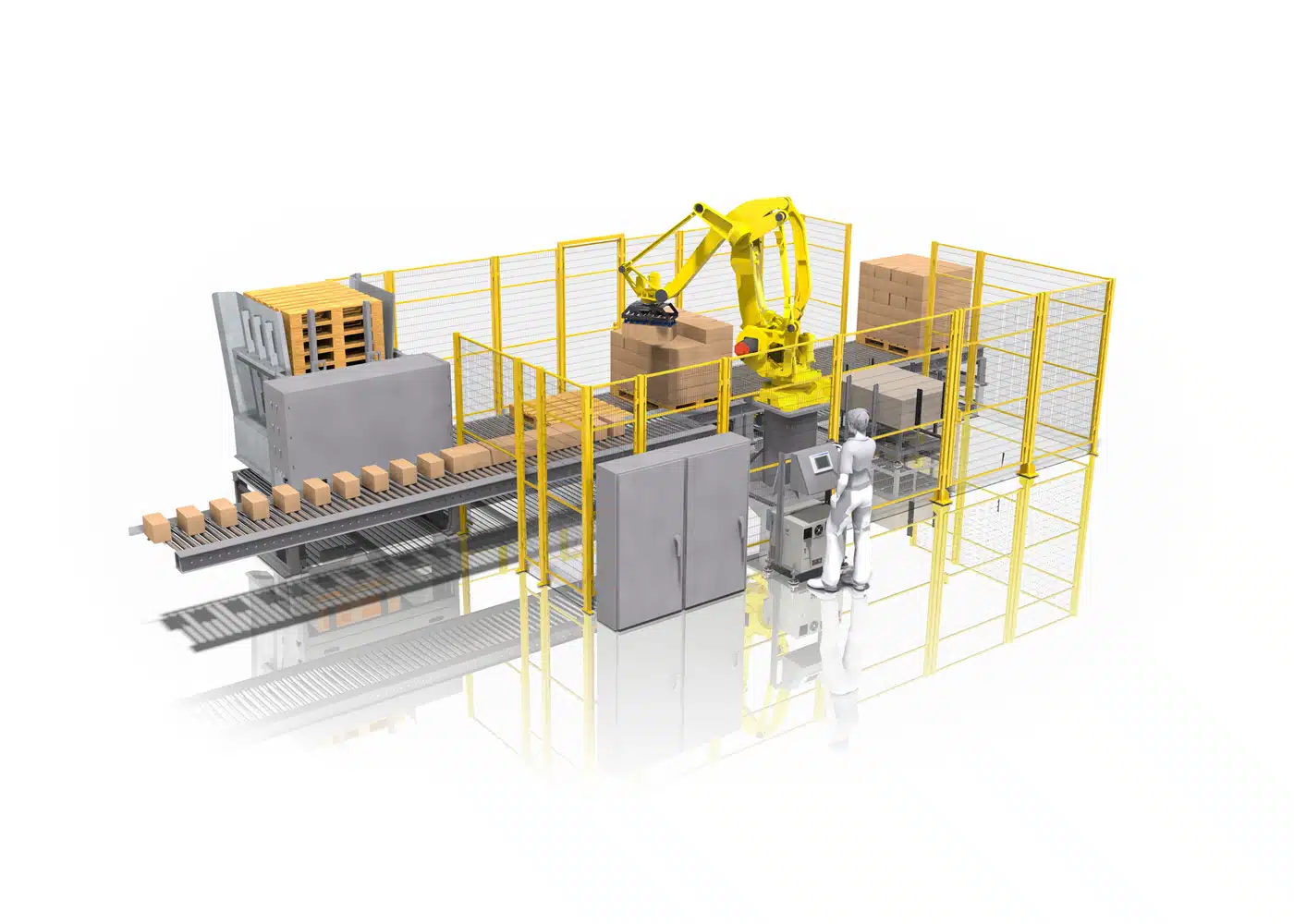Since the Chinese government launched the “universal two-child” policy in October 2015, the demand for milk powder in China has gradually recovered, especially in the infant milk powder industry. In August 2021, the government introduced a series of supportive measures such as the “three-child policy” to reduce the burden of family childcare. Due to the relaxation of the two-child and three-child policy, the compound annual growth rate of China’s infant formula milk powder market has reached 16%. China’s demand for milk powder for infants and young children has increased, and the requirements for the milk powder quality have also become higher.
The World’s Second Largest Consumer of Dairy Products – China
China is the second largest consumer of dairy products in the world. By 2025, the retail sales of China’s dairy market will reach 540 billion yuan (about 78 billion U.S. dollars). Milk and infant formula are the two largest dairy products consumed. They occupy 39.3% and 27.6% of the market respectively. After the outbreak of the global epidemic, the size of China’s adult milk powder online market doubled. The market size has reached about 3 million US dollars (about 19 million yuan). Among them, the consumption of skimmed milk powder is 446,000 tons, and it will reach 521,300 tons by 2027. Seventy percent of buyers are women, but older adults are also a suitable target group for the product. Meanwhile, China imported 280,000 tons of infant formula, up from 273,000 tons the previous year.
However, the competition in the milk powder market is becoming increasingly fierce, and the market is becoming saturated. Major milk powder manufacturers have upgraded their products and filling methods to gain market competitiveness. Of course, the quality of deep-root milk powder is still more important. So, how do milk powder companies cultivate quality? Start with raw milk, processing, testing, packaging, and traceability systems.
Raw Milk
Digital management of key aspects such as breeding, milking, transportation, and manure treatment ensures a safe raw milk supply.
- Ensure Quality and Nutritional Value of Milk Powder: In order to ensure the safe supply of raw milk, many large milk powder companies have started to build their own farms. Expand the scale of farming and strengthen the construction of milk source bases. The quality and nutritional value of milk powder depend on the quality of the raw materials. High-quality raw materials can improve the quality of milk powder while ensuring its nutritional value. Inspection and control of raw materials ensure that milk powder’s protein, fat, carbohydrates, minerals, and vitamins meet the standards.
- Prevention of Contamination and Food Safety Risks: Milk powder raw materials can be contaminated in a variety of ways. Including microbial pollution, antibiotic residues, pesticide residues, heavy metal pollution, etc. The enterprise implements the feed guarantee capacity improvement project and purchases various feed production machinery. Realize the mechanization of sowing, harvesting, crushing, spinning, bundling and packaging.
- Optimize the Production Process and Reduce Costs:Through the inspection and control of raw materials, enterprises can identify and eliminate unqualified raw materials. Avoid problems in the production process, optimize the production process, and enhance competitiveness.
Processing
One company transports fresh milk at four °C to the processing plant within 2 hours of milking. This maximizes the retention of biologically active substances in dairy products. The company also introduces advanced technology, aseptic filling machines, milk cleaners, spray dryers and other machinery for fully automated production. Ensure the aseptic environment of milk powder filling and maintain the integrity of milk powder.
Use of aseptic filling machines:
- Aseptic filling machines can fill milk powder in an environment where bacteria, fungi, viruses, and other microorganisms are almost non-existent, greatly reducing the risk of microbial contamination of the milk powder.
- In aseptic filling machines, the filling process usually occurs in a highly disinfected sterile room. The powdered milk supplier controls the temperature, humidity, airflow and microorganisms in the aseptic room. Ensure sterility throughout the filling process.
Maintain the integrity of the milk powder:
Choose the right filling equipment to ensure that the milk powder will not be under excessive pressure during transportation and filling. Regularly maintain and inspect the filling line to ensure the smooth and normal operation of the filling line. Adjust the filling speed according to the characteristics of milk powder (such as particle size, fluidity, etc.). Avoid excessive impact on milk powder.
Testing
Each can of milk powder usually needs to go through dozens of inspection procedures before leaving the factory to ensure quality and safety. Dairy enterprises need to purchase more than 200 sets of production and inspection equipment. Including pesticide residue analyzer, nutrition analyzer, milk analyzer, dairy analyzer, etc. At the same time, risk indicators such as plasticizers and antibiotics, and nutrient element testing items have been added. Improve the quality and safety of infant formula milk powder and achieve quality control.
- Ensuring Milk Powder Safety: Milk powder testing can detect potential hazards in milk powder, such as microbes, heavy metals, antibiotic residues, etc., ensuring the safety of milk powder. The milk powder filling line should ensure a clean and sterile filling environment to prevent milk powder contamination during filling.
- Find and solve problems in time: testing can find problems in the production process in time. Then feed back to the milk powder filling line and other production links. It is helpful to improve the filling equipment or adjust the production process in time. Ensure the stability and efficiency of the milk powder production process.
- Ensure the accuracy of product information: Milk powder testing provides accurate data on the ingredients and nutritional content of milk powder, which helps to ensure that the labeling machine accurately affixes the actual ingredients and nutritional information on the product label to the milk powder can.
Packaging
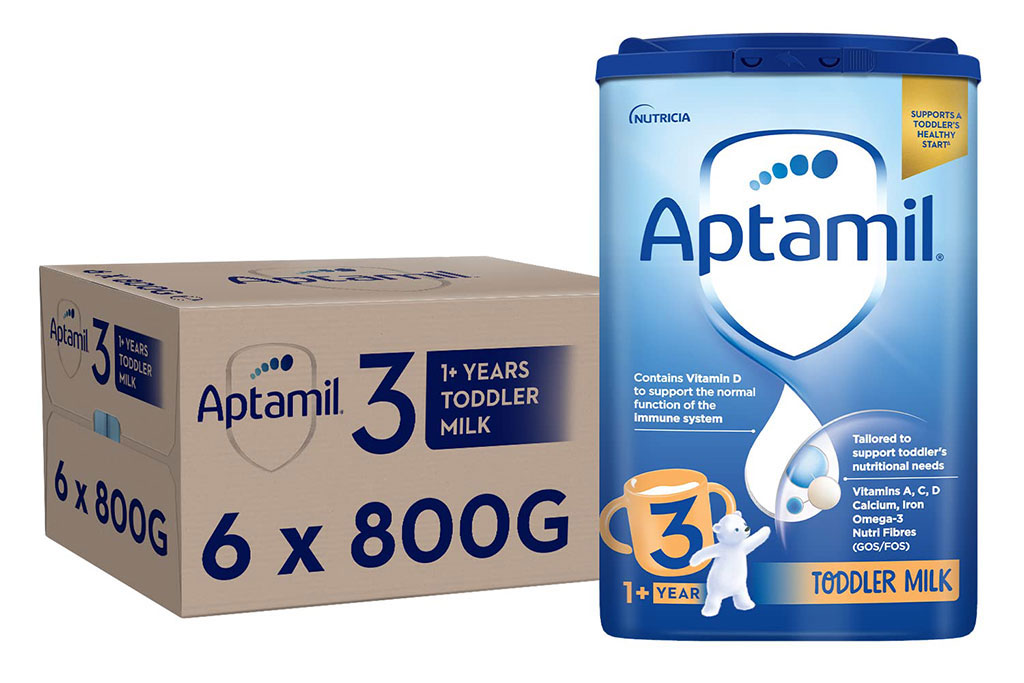
Milk powder packaging affects its shelf life and freshness. Long-distance transportation has higher requirements for milk powder filling. China is a big consumer of dairy products. In 2021, New Zealand and Australia were the top two sources of China’s dairy product imports. Among them, New Zealand’s imports accounted for 52.0% of the total imports, accounting for 44.3% of China’s imports. China’s demand for milk powder is large and the transportation distance is long. Milk powder manufacturers in New Zealand and Australia need to upgrade and expand existing milk powder filling line equipment to improve production efficiency and filling speed.
- Appropriate packaging materials: According to the storage and transportation requirements of milk powder, select appropriate packaging materials, such as aluminum foil bags, composite film bags, etc. Milk powder filling machines in New Zealand and Australia can inject nitrogen into milk powder while filling milk to ensure freshness and nutritional content.
- Guaranteed airtightness: The filling lines in New Zealand and Australia need to ensure the airtightness of milk powder packaging.Especially the milk powder sealing machines in New Zealand and Australia need to add high temperature or vacuum sealing function. Make sure that the milk powder packaging is tightly sealed to prevent the external environment from polluting and oxidizing the milk powder.
- Label and information printing: Milk powder labeling machines in New Zealand and Australia must ensure product labels’ accuracy and clarity. After milk powder has been transported over long distances, consumers can easily obtain milk powder information.
Traceability
Many milk powder processing enterprises have improved the level of milk source safety risk prevention. At the same time, in order to further ensure product quality, the milk powder quality traceability platform was upgraded.
- Assigning Unique Identification Codes to Each Can of Milk Powder: In the labeling and printing section of the milk powder canning line, a unique identification code (such as a barcode, Q.R. code, or RFID label) is assigned to each product can, and labeling machines affix the labels to the milk powder cans. This unique identification code can include production batch, production date, expiration date, and other information.
- Record the relevant information of each batch of milk powder: During the production process, record the relevant information of each batch. Including but not limited to the source of milk powder raw materials, production date, canning line number, production staff, production parameters, test results, etc.
- Product Tracking: When tracing a can of milk powder, you can quickly find the product’s batch record and related information by scanning its identification code or querying the database. This helps identify problem products, trace causes, and take corrective measures.
Conclusion
Infant formula milk powder is vital to the healthy growth of the next generation. The quality of milk powder is especially important. At the same time, with the emergence of consumer upgrades, consumers have higher requirements for milk powder quality and reputation. Milk powder processing companies are believed to produce high-quality infant formula milk powder from raw milk, processing, testing, packaging, and traceability systems.

